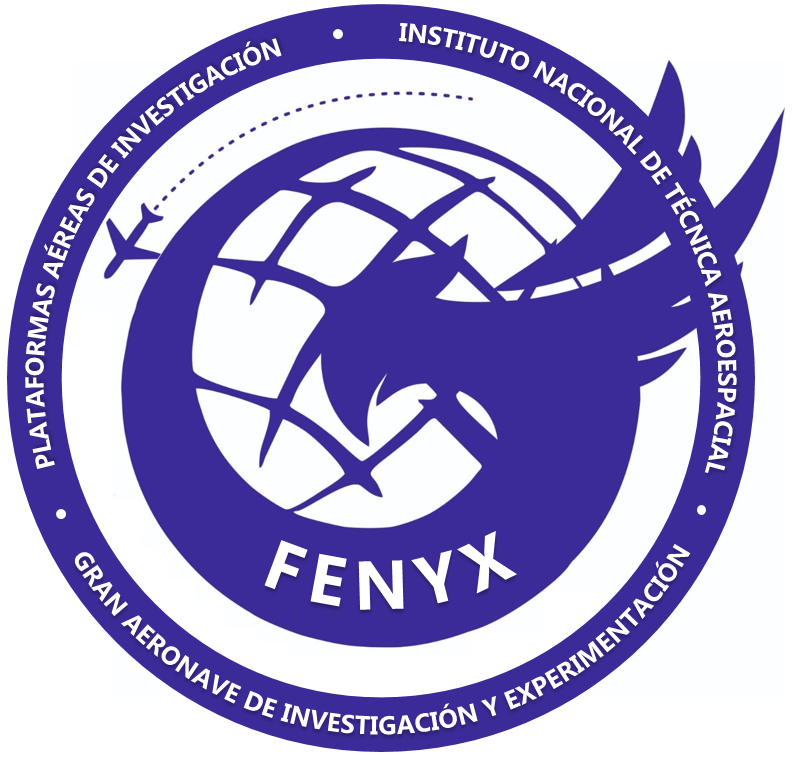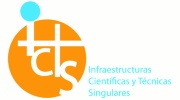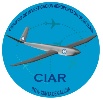FENYX Project (Large Aircraft for Research and Experimentation)
p
Project co-funded with European Regional Development Fund (ERDF)
The European scientific community doesn't have any aerial platform of high payload and long endurance for carrying out tests in the troposphere. These type of aircraft are essential for the flight campaigns that conduct research projects related to climate, chemical or meteorological studies.
FENYX aims to develop a new aircraft that will have capacity to carry more than 6 tons of instrumentation for a maximum of 8 flight hours. The choice of the payload is associated with the operation of minimum cost and maximum benefit to the research. Therefore, FENYX covers a “capability area” more likely to obtain adequate scientific demand, with an endurance close to 10 hours and a payload of more than 5 tons.
FENYX will also have other significant advantages, like STOL operation (Short Take Off and Landing), that make possible to operate in remote areas, or the existence of a rear cargo door that greatly facilitates the loading and unloading of heavy equipment. On the other hand, FENYX will be a turboprop, so the velocity range will be lower than in a turbofan aircraft, which is a great advantage to collect samples, data or images.
To install the scientific equipment, several modifications must be made to the aircraft, such as:
- Capacity to install scientific instrumentation:
- Pods under the wings
- Holes on the fuselage
- Capacity for equipment installation on the windows
- LIDAR holes
- Remote sense holes.
- New avionic system
- Electrical power for scientific equipment
- Tube for air data probe
- Cabin configuration for 8 scientific equipment
- FTI (Flight Test Instrumentation) to record flight data
- Pressure taps throughout the cabin, available for the 8 possible scientific groups
- Miniaturized cameras to monitor the outside of the aircraft
The aerial platforms play a fundamental role as a unique tool in the fields of remote sensing and atmospheric research. Therefore, with this new ICTS platform it will be possible to carry out these investigations also in areas away from the base of operations, such as polar zones.
The phases referred to in the project are:
- Specification. In order to start up this new ICTS research platform, it is necessary to describe the technical characteristics that a research platform like the one proposed must have: analysis of acquisition costs, modification, operation and maintenance, scientific equipment and requirements of the aircraft operator, updating the study with the information provided by the manufacturer and the scientific community. Then, the aircraft specification would be drafted, a technical document that determines the characteristics that it must have to satisfy the requirements of the scientific community.
- The required modifications to install scientific instrumentation. The aircraft will be used as a research platform and to that purpose the required scientific equipment will be installed to carry out the flight campaigns. It will be necessary to design and implement the modifications to the aircraft (structural, electrical, communications, etc.) that allow the instrumentation to be included on board.
- Certification. All aircraft must have a certificate of airworthiness, which ensures that it is safe for flight and it is modified in accordance with an approved design.







